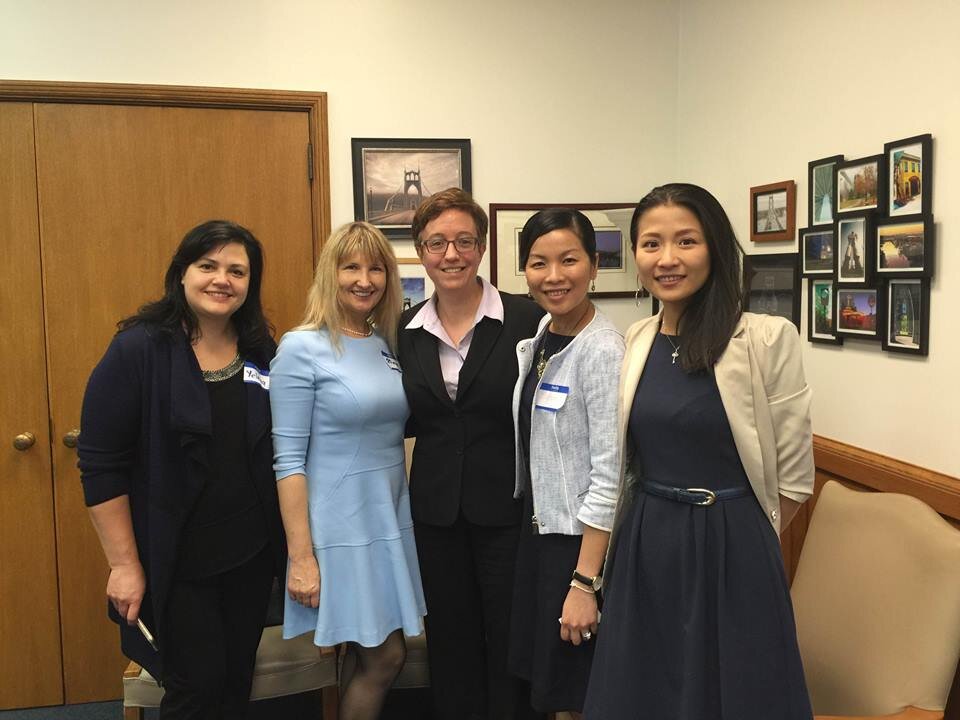Immigrant and Refugee Communities in Oregon Agree on At Least Two Things
A story with Healthy Beginnings+Healthy Communities Collaborative Immigrant and Refugee Engage Project.
The immigrant and refugee population in Oregon is made up of incredibly diverse communities with varied opinions, concerns and needs. And yet, for the most part, they can all agree on at least two things: their children and families’ health is of utmost importance, and immigrants and refugees can make a bigger impact working together.
In 2015, Africa House, Asian Family Center and the Slavic Network of Oregon were all working separately from one another on individual Healthy Beginnings+Healthy Communities community organizing projects. Africa House was focused on maternal health; Asian Family Center was interested in developing an early life task force; and the Slavic Network of Oregon was pursuing 501(c)(3) status. They were all also working with Portland State University and Coalition of Communities of Color to collect data and conduct assessments of their communities. In the end they decided if the community assessments showed that their communities had concerns in common, they would join together.
It turned out they had three issues in common: The African, Asian Pacific Islander and Slavic communities all wanted to improve early childhood health. They all wanted to work on kindergarten readiness. And they all liked the Community Health Worker model.
The decision to partner led to the formation of the Multiethnic Advisory Group (MAG). The MAG includes representatives from, not just Africa House, Asian Family Center and the Slavic Network of Oregon, but also African Women’s Coalition, Cambodian-American Community of Oregon, Northwest Somali Community Organization, Oregon Bhutanese Community Organization, Slavic Community Center of NW, Togo Community Organization of Oregon and Zomi Association of U.S.
Despite having a vision of healthy childhoods in common, the members of the MAG all come from very different places with different customs and values. The most difficult obstacle for the MAG to overcome has been making sure everyone gets heard and feels included in decisions. For this reason, the group created community agreements, one of which is that all decisions must be made by consensus.
One of the first actions the MAG agreed on was to participate in a lobby day in Oregon’s state capitol. For most of the MAG members, the lobby day was their first experience participating in U.S. government. Many came from countries where they could not express their opinions about, or participate in, the government. So, to them, the idea of meeting with elected officials and voicing their concerns was both surprising and scary. However, after practicing ahead of time, dividing into smaller groups and spending time with at least two government officials each, the MAG members soon settled into sharing their stories.
The MAG members left lobby day feeling empowered and excited. They quickly decided that they want to learn more about policy advocacy and are now planning a training for exactly that purpose. They’re also planning on participating in a lobby day during the 2017 legislative session. Together, they know they can voice their communities’ concerns and improve childhood health and kindergarten readiness for all immigrant and refugee children.


